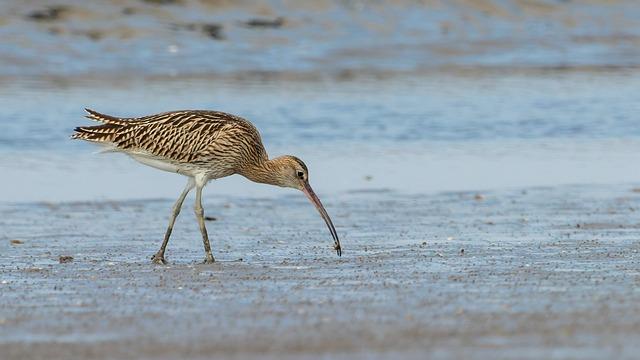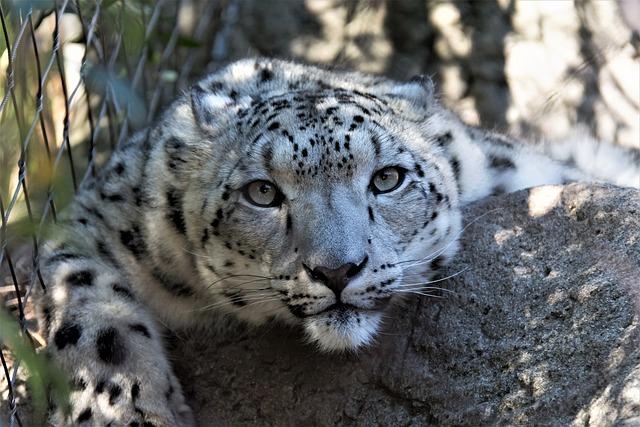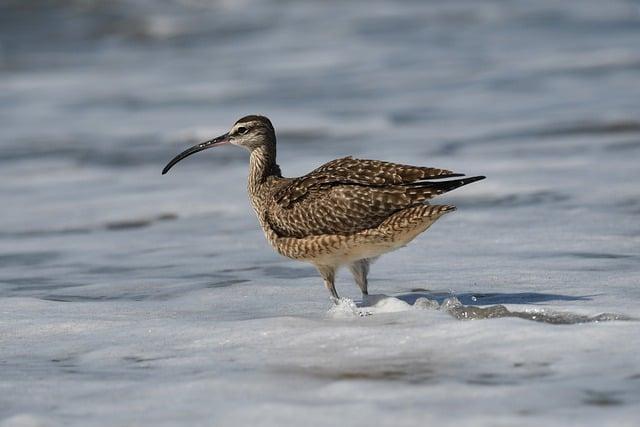```html
- Introduction
- The Enigma of the Slender-Billed Curlew
- Migration Patterns and Habitat
- Why Is It So Rare?
- Conservation Efforts and Challenges
- Conclusion
- FAQs
- References
Introduction
The Slender-Billed Curlew is a bird shrouded in mystery—a rare gem of biodiversity. Once abundant in its range, it is now one of the most elusive species in the birding world.
In this article, we delve into its enigmatic status: exploring its behavior and habitat, unraveling why it's so rare, and understanding the threats it faces. We'll also discuss the global efforts taken to conserve this remarkable avian species.
The Enigma of the Slender-Billed Curlew

(Image: Pixabay/@hapr80)
Dubbed "the bird of mystery," the Slender-Billed Curlew (Numenius tenuirostris) has baffled ornithologists globally due to its scarcity and unpredictable behavior. This medium-sized wader, characterized by its slender bill, striking plumage, and mournful call, was once thought to migrate across Europe, Asia, and the Mediterranean.
Despite being known for centuries, clear documentation of the bird's life history has proven elusive. Much of what we know comes from scattered sightings and old reports. Specimens preserved in museums give us glimpses of its anatomy, but the lack of live observations makes understanding its habits and preferences challenging.
The first question is whether the Slender-Billed Curlew still exists; the last confirmed sighting was in Greece in 1995. Its presumed extinction underlines the urgency for greater ecological vigilance and conservation measures.
Migration Patterns and Habitat

(Image: Pixabay/@beasternchen)
Like other curlews, the Slender-Billed Curlew is believed to be a migratory species. Historical knowledge points to breeding grounds in the taiga wetlands of Siberia, with wintering ranges extending to the Mediterranean coastline.
Irrational ecology further complicates understanding these migration patterns. Environmental alterations, climate change, and human interference have substantially impacted the wetlands and stopover sites the bird relies on for survival.
Additionally, the pristine nature of its Siberian breeding grounds may have diminished over time. With limited confirmed records from field studies since 1995, crucial questions remain unanswered.
Why Is It So Rare?

(Image: Pixabay/@pashiel)
The Slender-Billed Curlew's endangered status highlights multiple converging factors that are emblematic of broader environmental losses. Habitual disruptions caused by wetland drainage and industrialization have destroyed or damaged their natural habitats.
Illegal hunting and poaching have further reduced population numbers. This once-common curlew inadvertently became a target due to mistaken identification or ignorance among hunters.
Above all, the bird's extreme rarity indicates a fragile ecosystem. Species existing in such specialized niches are highly susceptible to extinction when their resources are depleted or environmental variations disrupt their lives.
Conservation Efforts and Challenges

(Image: Pixabay/@GDJ)
Conservationists worldwide have taken up the challenge of saving the Slender-Billed Curlew. From International Union for Conservation of Nature (IUCN) initiatives to programs like the Ramsar Convention aimed at protecting wetlands, ongoing projects strive to ensure protection of its possible habitats.
Advancements in satellite-tracking technologies and ecological surveys hold promise in gathering more definitive data about the Slender-Billed Curlew’s current status. Anti-hunting regulations and awareness campaigns also aim to reduce human-driven mortality causes.
However, challenges remain immense. Countries along suspected migration routes must collaborate effectively. Disputes over land conversion, unregulated industries, and governmental apathy only worsen the plight for not just this species but several others with intertwined fates.
Conclusion
The case of the Slender-Billed Curlew serves as a stark reminder of our planet’s fragile biodiversity. Whether this mysterious bird still graces our skies or has already vanished forever, its story emphasizes the need to preserve biodiversity and address the issues causing species decline.
Acknowledging its rarity and tackling the challenges presented by habitat loss, climate change, and human greed provides lessons on prioritizing ecological sustainability worldwide.
FAQs
What is the scientific name of the Slender-Billed Curlew?
The scientific name of the Slender-Billed Curlew is Numenius tenuirostris.
When was the last confirmed sighting of the Slender-Billed Curlew?
The last confirmed sighting occurred in Greece in 1995.
Why is the Slender-Billed Curlew so rare?
Habitat destruction, illegal hunting, and environmental changes have contributed to its rarity and possible extinction.
How can we help conserve rare bird species?
Supporting conservation programs, safeguarding habitats, reducing ecological footprints, and promoting wildlife-friendly policies all play crucial roles.
References
- IUCN Red List: Slender-Billed Curlew
- Wikipedia: Slender-Billed Curlew
- BirdLife International: Save Slender-Billed Curlew
```

